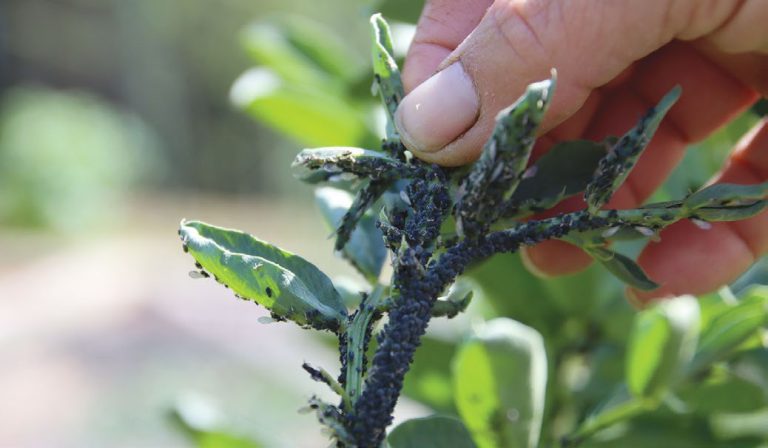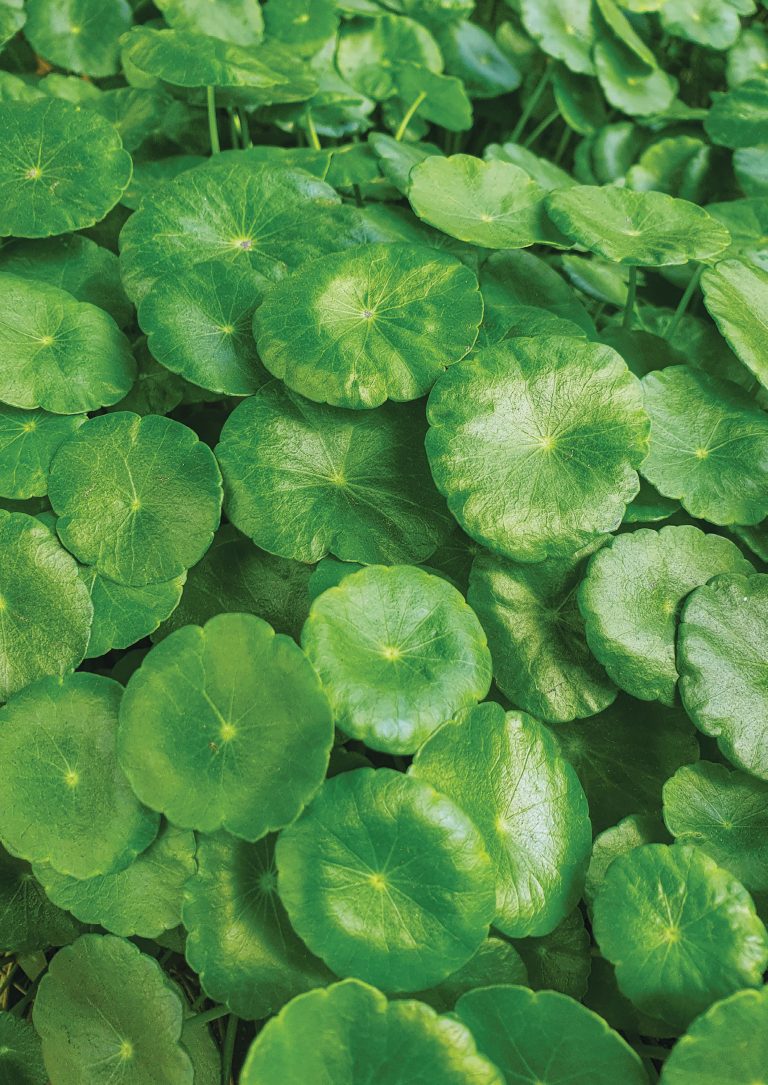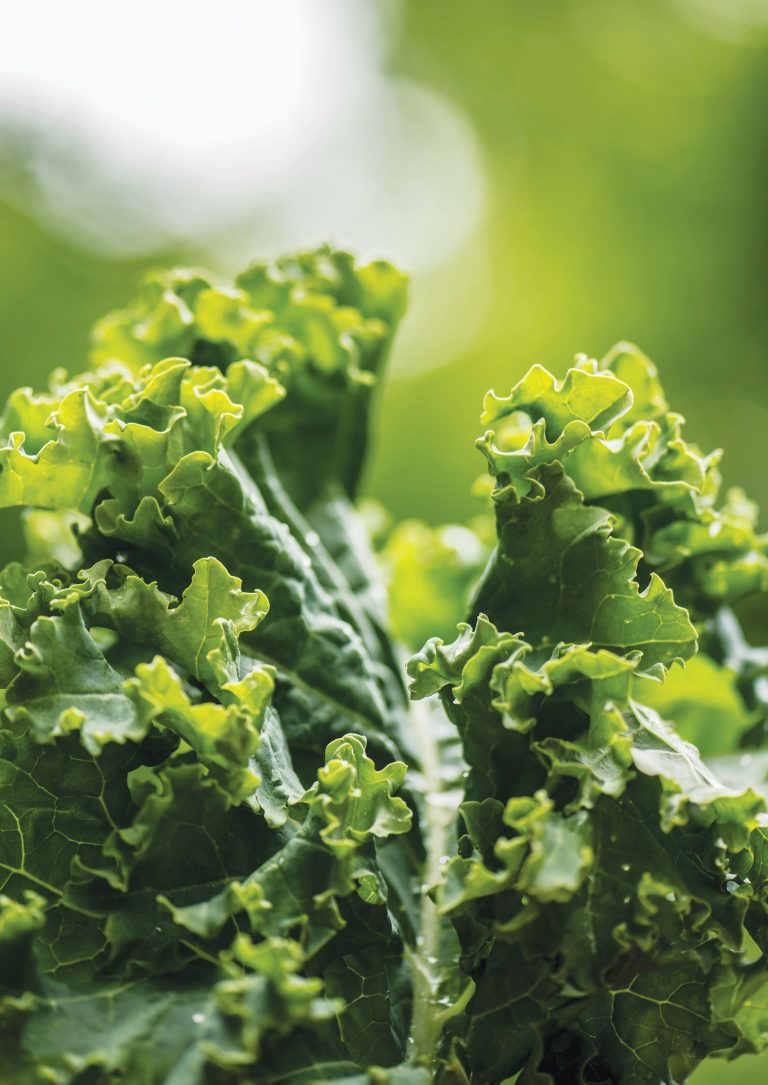ISSUE 33 – NOTICEBOARD


Explore Pip Magazine Issue 33’s noticeboard for the latest updates, events, and essential tips. Stay informed and connected with our community! 2024 GIIYONG FESTIVAL This year’s Giiyong Festival will be held in Eden on the far south coast of New South Wales on Saturday 9 November. Giiyong, which means ‘come to welcome’ in the language spoken by local Elders, was lunched in 2018 and has grown into an annual celebration of the area’s traditional and contemporary Aboriginal culture. The multi-art festival features dance, art, food, music, workshop and cultural tours. Earlybird tickets are available now via humanatix.com. NATURAL BEEKEEPING Pip […]









